-
English (US)
Choose your country or region:
Europe
Asia - Australasia
Middle East - Africa

Hydrogen sulfide (H₂S) gas in wastewater environments is a common concern. Sulfates react with anoxic biofilms to create H₂S in the wastewater. As some of that H₂S turns into a gaseous form at the surface of the water, it can fill the headspace in pipes or other structures. This can result in worker safety issues, odor complaints, and have corrosive effects on both metal and concrete infrastructure.
But waiting until its odor is detected can be too late to manage it effectively and efficiently. Monitoring H₂S concentrations—in the liquid wastewater stream, in real time—helps to prevent these problems before they occur.
To address these challenges, Hach® offers innovative monitoring solutions like the GS1440 and GS2440EX hydrogen sulfide sensors. These solutions empower wastewater treatment plant managers and operators to identify problem areas and mitigate hydrogen sulfide at its source, ultimately preventing costly damage and preserving vital infrastructure assets.
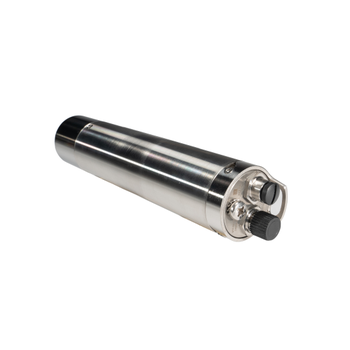
Hydrogen sulfide sensors provide accurate, reliable H₂S measurement in water or air to help you tackle reduce unnecessary spending on chemical dosing while delivering reliable, real-time H₂S monitoring.
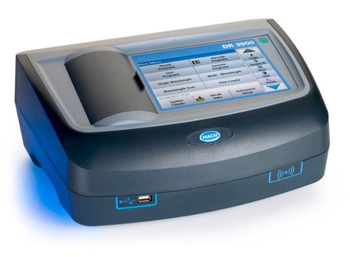
Get fast and reliable measurement of H₂S in water with Hach's line of lab meters. These versatile instruments also have you covered on a wide range of water quality parameters including hydrogen sulfide.
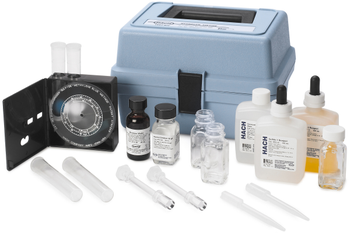
Hydrogen sulfide test kits are the most economical method for determining H₂S levels in water samples. H₂S test kits contain all required reagents and apparatus to start testing in the lab or in the field.
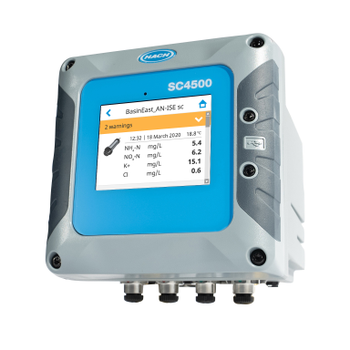
When coupled with the simplicity of the SC4500 controller, Hach’s H₂S sensors make it easier than ever to make data-driven decisions and optimize chemical usage—saving your facility time, effort, and operational costs.
Even just a little bit of H₂S can lead to big problems. Its "rotting egg" odor is noticeable at 0.5 parts per million (ppm) and corrosion also starts at 0.5 ppm. But the concentration measured near the top of a manhole can be vastly different than that measured in the wastewater itself. Knowing the worst-case scenario by monitoring H₂S in the wastewater can have tremendous influences on the outcomes of hydrogen sulfide’s three greatest challenges:
Worker Safety
While odor complaints from the public are a nuisance, worker fatalities in wastewater environments are far worse—and unfortunately, they still occur.
Monitoring H₂S earlier in the collection system or at the WWTP allows utilities to:
Liquid-phase readings provide the most realistic risk assessment for safety planning.
Odor Control
As communities expand, WWTPs and lift stations are now closer to homes and businesses. This increases the likelihood of odor issues reaching the public.
To stay ahead of complaints and PR fallout, utilities should:
Accurate liquid-phase detection is key to effective odor control.
Corrosion Control
H₂S doesn’t just smell bad—it destroys infrastructure. In wastewater pipes, biofilms convert H₂S to sulfuric acid. This along with undetected crown-rot corrosion can cause numerous problems:
Continuous H₂S monitoring helps detect early signs of deterioration, guiding inspection schedules and protecting assets.
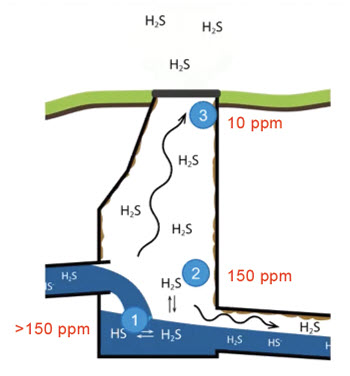
Where hydrogen-sulfide measurement takes place can have a major influence on the accuracy of the reading and the ability to manage the problem cost effectively.
The highest concentrations and most consistently indicative readings are found in the wastewater itself (1). The air in the headspace just above the water (2) will typically give the next most concentrated reading, which can be 15x greater than the concentrations recorded at the top of a manhole (3).
While the sensitivity of the human nose makes it an early detection system for the presence of hydrogen sulfide gas, it is not a foolproof solution. In fact, high concentrations can quickly neutralize the nose’s ability to smell this invisible gas and quickly incapacitate the individual exposed to it.
In wastewater environments, it's a mistake to assume that gas-phase and liquid-phase H₂S readings are interchangeable for several reasons:
Using sensors capable of measuring both liquid and gas phases provides the best coverage for:
Understand Where Liquid Measurement Saves Money
Being able to map locations where hydrogen sulfide is generated and collects is the first step to understanding the most efficient treatment reagent and dosing at the right location. While wastewater collection and treatment operators often have a sense of their traditional hydrogen-sulfide problem areas, the actual concentrations there can vary widely over time.
By continuously tracking actual H₂S concentrations in liquid, operators gain:
Liquid-phase measurement is the most accurate indicator of H₂S loading, enabling cost savings even under variable conditions.
Contact us for tech support, service, sales, or to get a quote.